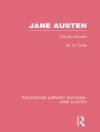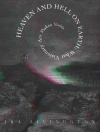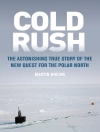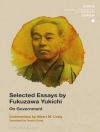In ‘Three Letters and an Essay, ‘ John Ruskin beautifully articulates his early reflections on art, architecture, and society, penned between 1836 and 1841. Enhanced by a distinctive prose style that mingles lyrical elegance with rigorous analysis, these writings serve as a prelude to Ruskin’s later, more extensive works. The letters, discovered in his tutor’s desk, offer a glimpse into his formative thoughts, which were deeply influenced by the Romantic ideals of beauty and truth, as well as the socio-political upheavals of early Victorian England. Ruskin’s engagement with the visual arts is not merely aesthetic but also ethical, as he wrestles with the implications of craftsmanship and the moral responsibilities of the artist. John Ruskin (1819-1900), a polymath and influential art critic, drew inspiration from his early education under notable figures such as his tutor, John Thomas Jones. His upbringing in a mercantile family exposed him to the intersections between commerce and artistry, shaping his beliefs about the importance of integrating beauty into everyday life. This period marked the inception of Ruskin’s lifelong advocacy for social reform through art, which would become a cornerstone of his later writings. ‘Three Letters and an Essay’ is essential reading for anyone interested in the genesis of Ruskin’s thought and the foundations of modern art criticism. It is a compelling exploration of the relationship between art and society, revealing the societal implications that underpin artistic practices. This book invites readers to reflect on their own perceptions of beauty and the moral dimensions of creativity.
A propos de l’auteur
John Ruskin (1819–1900) was an English art critic, social thinker, poet, and artist, widely acknowledged for his influence on the aesthetics and literary culture of the Victorian era. Known for his incisive critiques of industrial capitalism and his passionate advocacy for naturalism and craftmanship, Ruskin’s prolific writing extended across a broad swath of interests, including nature, art, architecture, politics, and education. His intricate prose and richness of thought spurred both appreciation and controversy. ‘Three Letters and an Essay by John Ruskin 1836-1841. Found in his tutor’s desk, ‘ encapsulates early expressions of Ruskin’s emerging literary and ethical perspectives (Ruskin, 1850). His seminal works, such as ‘Modern Painters’ (1843–60), ‘The Stones of Venice’ (1851–53), and ‘Unto This Last’ (1860), solidify his reputation as a profound and original thinker. Ruskin’s literary style melds descriptive acumen with a moral urgency, advocating for beauty and truth not just in art, but as the foundation of society itself. He engaged readers through elaborate metaphors and a personal tone that connected aesthetic judgment to the fabric of human values. His profound impact is reflected in the appreciation of subsequent authors, artists, and critics, confirming his status as a guiding intellectual force of his time.












